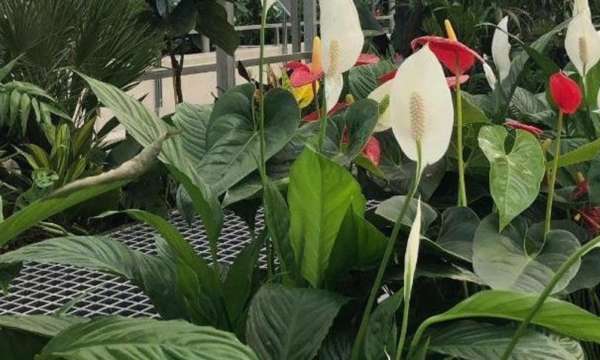Overview
The Need – although steel as a material has inherent circularity, steel production still relies heavily on finite resources and produces a lot of waste and other externalities.
The Solutions – (1) using sustainably sourced charcoal as an alternative fuel source; (2) turn waste into valuable by-products.
What makes it circular? – cultivating fast-growing forest using polyculture principles, leads to carbon neutral steel, as well as regenerated natural capital.
The Benefits – 135,000 hectares of restored land and USD 45.8 million of revenue from by-products.
Steel is 'circular', but the industry is not
On one level, the steel industry is already very 'circular'. Steel, which has no significant degradation in quality after its first use, is already the most recycled material in the world, more than aluminium, paper, glass, gas and plastic combined.
This reuse potential means that the concept of ‘waste steel’ does not really exist, as used steel can always be recovered to new material, albeit with a significant energy requirement. However, as countries develop and cities grow, the overall stock of steel realistically still needs to expand, meaning that new steel from iron ore will continue to be produced for some time.
The energy required in the smelting process and the waste generated in the production of virgin steel means that, despite the inherent circularity of the material itself, the industry still relies heavily on extractive activities and also produces waste. There is still great potential within steel production, to explore further circular economy approaches that reduce dependency on finite raw materials and therefore eliminate associated externalities.
ArcelorMittal circular initiatives in Brazil focus on intensifying scrap reuse, increasing the scope of charcoal use in the steelmaking process, as well as aggregating value with by-product upcycling.
From expensive waste to valuable by-products
Producing one ton of steel generates 600 kg of other materials – including carbon, slag, dust, sludge, heat and gases.
Optimising the management and use of by-products is a chance to capture value in the production process and reduce extraction of new raw materials. Despite the progress made by the steel industry to establish by-products management and use practices, there are still many unrealised opportunities in this area.
The many initiatives being put in place by the Brazilian subsidiary of ArcelorMittal to design out waste are recognised as exemplary within the steel company at the global level.
ArcelorMittal Tubarão, a Brazilian plant dedicated to producing flat steel has started to allocate more time and resources to explore and harness opportunities from the abundance of by-products. This includes better management of material flows throughout the steelmaking process, along with identifying local industries to sell remaining by-products. As a result, ArcelorMittal Brazil is now able to sell and reuse internally around 90% of what was previously categorised as waste.
From extractive mining, to restored landscapes
While not so common in the global arena, where mineral coal is the dominant source of energy, the country’s abundance of forest areas mean that the use of charcoal in steel production is common practice in Brazil. However, badly managed timber extraction can rapidly increase rate of deforestation, leading to soil erosion, droughts, loss of biodiversity and many other damaging environmental impacts.
Furthermore, charcoal production in Brazil is highly controversial due to questions around inhumane labour practices such as the use of child or forced labour. To that end, certifications can ensure the right management of both the forests and the human resources working there.
Since 1957, to address these environmental and social issues, ArcelorMittal BioFlorestas (a company in the ArcelorMittal group) has been cultivating renewable eucalyptus forests on areas once degraded by cattle farming activities. The effect has been to rebuild soils, increase biodiversity, and improve the overall health of the ecosystem.
The fast-growing trees, ready for harvesting in 5-10 years, are then converted to charcoal to create ‘carbon neutral steel’, so called as the carbon sequestration during the growth of the forest (not only trees, but other plants) matches or even exceeds the carbon released during combustion for the steel production process.
Brazil, through ArcelorMittal’s activities, is the first and only country in the world using renewable biomass fuel from certified FSC forests. The FSC certification also guarantees that decent working conditions are in place for the labourers involved in the timber harvesting and charcoal production.
Future circular initiatives
In the future, ArcelorMittal’s R&D team will explore the potential to keep current materials at their highest utility and value through reuse within the steelmaking process, rather than resorting to lower value applications.
Aiming to make best use of steel’s infinite looping potential, ArcelorMittal is also exploring partnerships in the white goods and automotive industries to intensify end-of-use product recovery and to considerably increase the level of scrap inputs, replacing the use of virgin pig iron.








